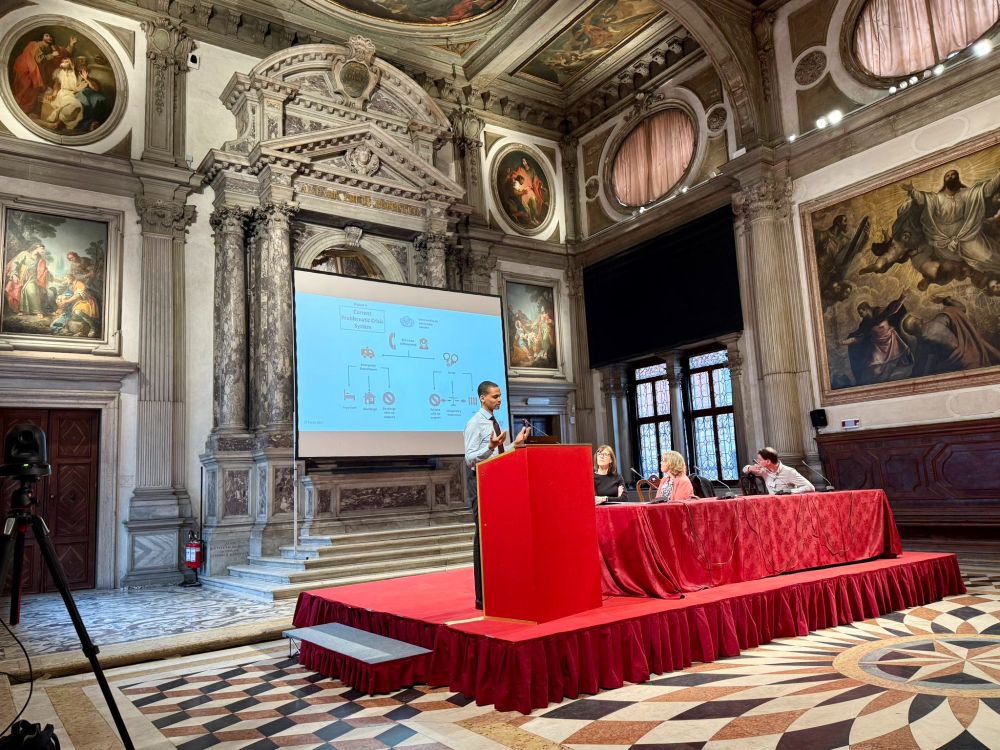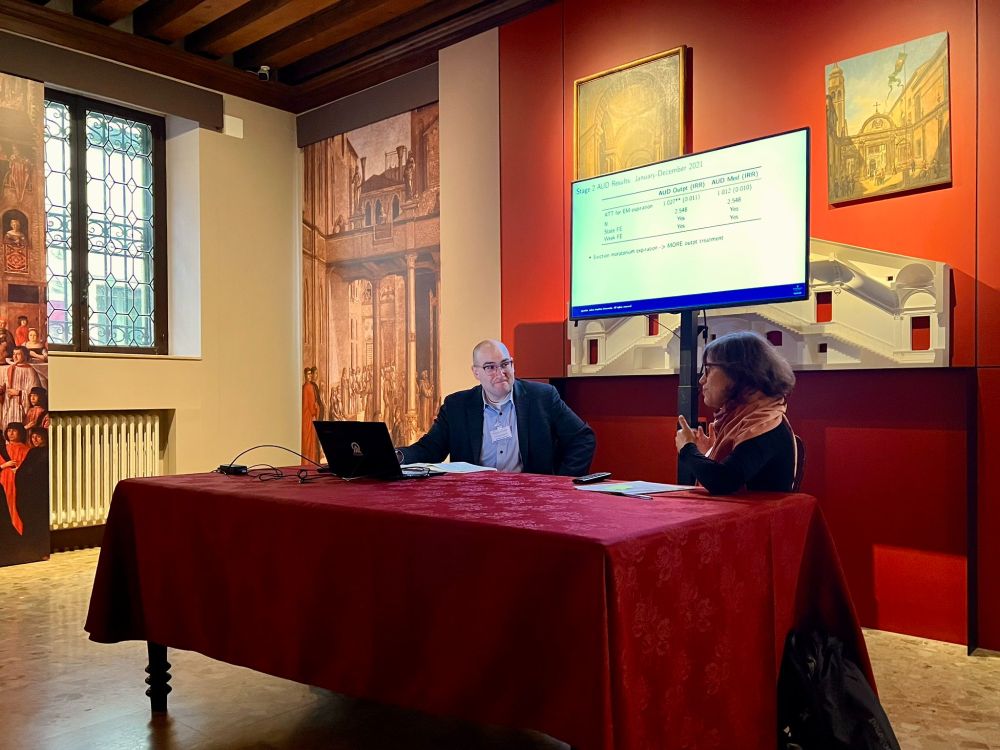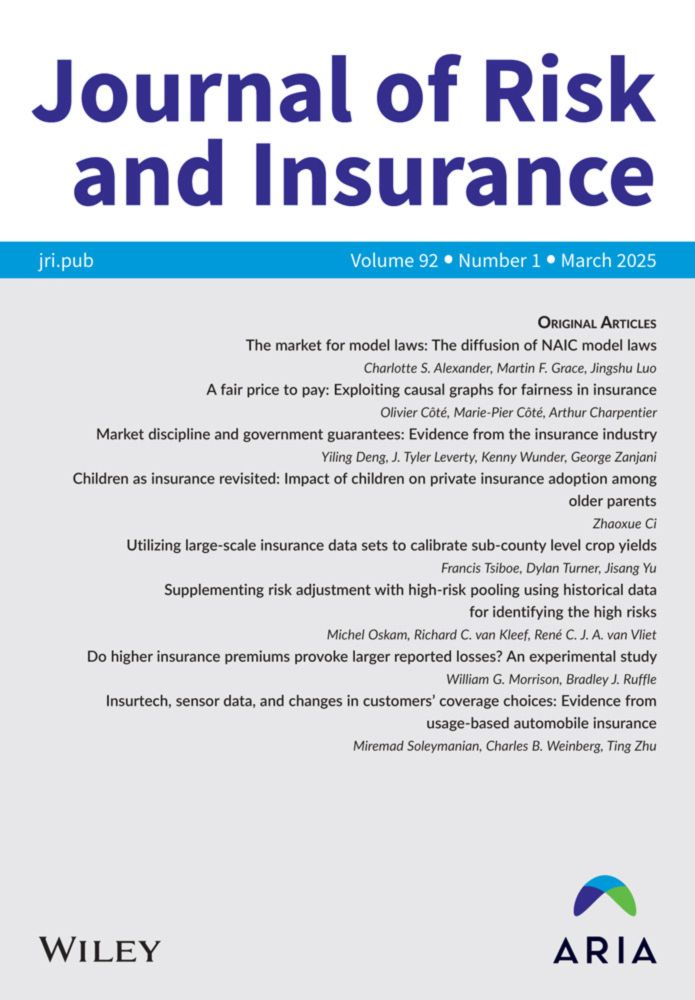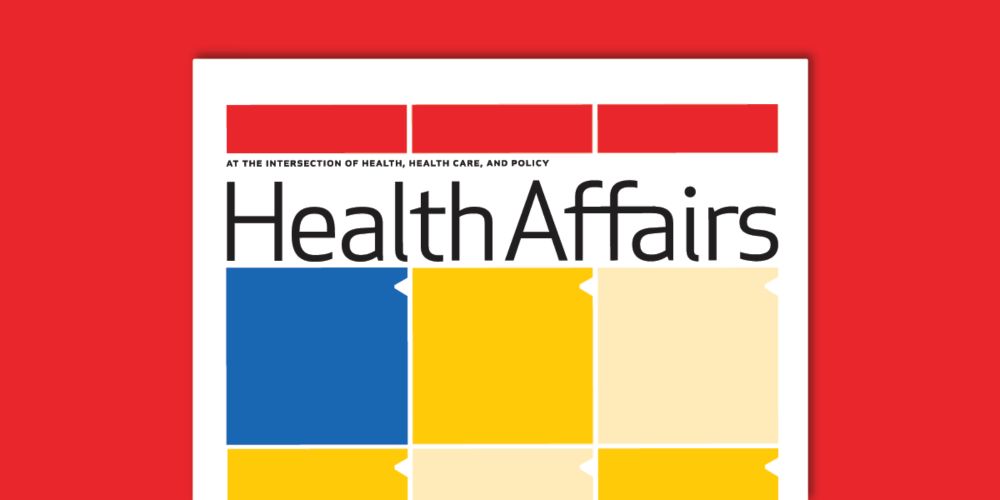I am looking forward to future work on this project to explore enrollee retention and satisfaction in the plans and heterogeneous enrollment effects.
We are grateful for funding from @arnoldventures.bsky.social that supports this work!
06.06.2025 19:51 — 👍 1 🔁 0 💬 0 📌 0

We estimate that hundreds of millions are attributable to this benefit per month in 2024. Further, we find that the introduction of the giveback has a substantial effect on plan enrollment, with enrollment increasing >30% following the offer.
06.06.2025 19:51 — 👍 1 🔁 0 💬 1 📌 0
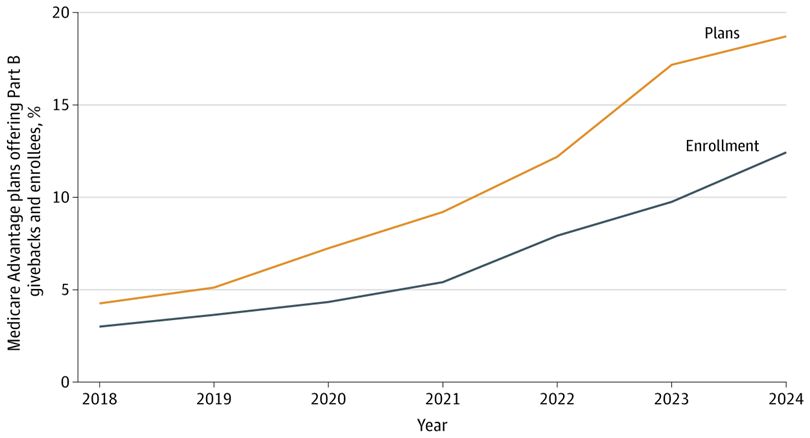
In MA, enrollees still pay Part B premiums even when a plan is "free." This can be $100s per month. Increasingly, plans have been using rebate dollars to "give back" Part B premiums to enrollees in their plans. This is becoming common, with ~19% of plans offering this benefit.
06.06.2025 19:51 — 👍 0 🔁 0 💬 1 📌 0

Medicare Advantage Part B Premium Givebacks and Enrollment
This study evaluates trends and expenditures in Medicare Advantage Part B premium givebacks and their association with plan enrollment.
New paper out with Andrew Anderson, @laurasamuel.bsky.social, and Kali Thomas in
@jamahealthforum.bsky.social on "Medicare Advantage Part B Premium Givebacks and Enrollment"
jamanetwork.com/journals/jam...
@bsph-hpm.bsky.social @johnshopkinssph.bsky.social
More below.
06.06.2025 19:51 — 👍 5 🔁 2 💬 1 📌 0

Major life update: this past week I was in Gouda, NL for the first cheese market of 2025 and came in second place in the guess-the-weight-of-the-cheese-wheels competition. This is probably my greatest cheese-related accomplishment.
06.04.2025 11:27 — 👍 5 🔁 0 💬 0 📌 0
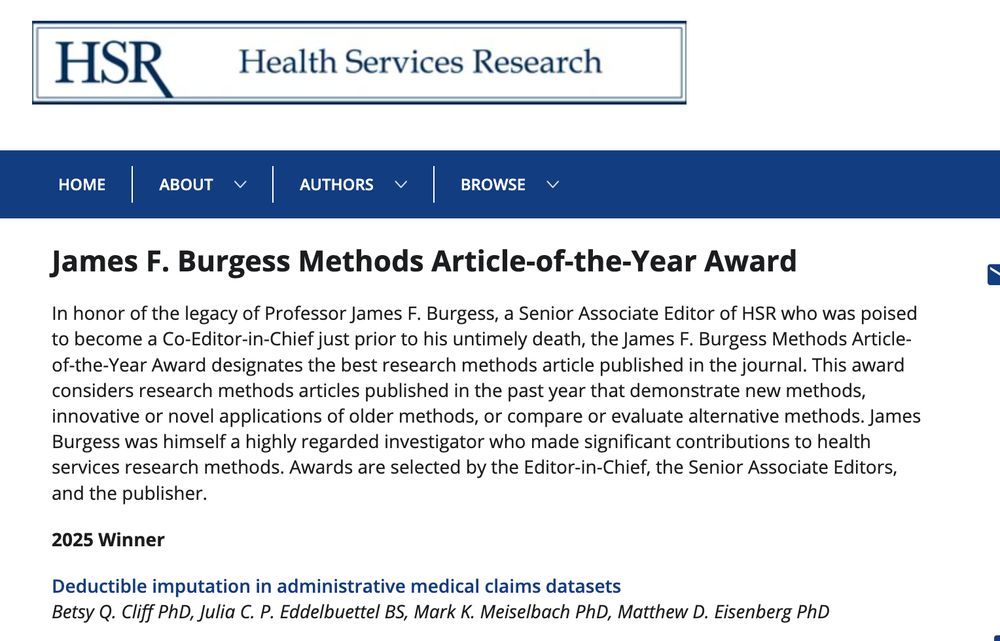
Absolutely honored to win this year's James F. Burgess Methods Article-of-the-Year Award, along with @betsyqcliff.bsky.social @juliaedd.bsky.social and @markmeiselbach.bsky.social for our HSR article on deductible imputation in administrative claims datasets!
onlinelibrary.wiley.com/doi/10.1111/...
04.04.2025 13:12 — 👍 66 🔁 11 💬 12 📌 1
@markmeiselbach.bsky.social and I have a new piece out in "The Conversation" discussing our JRI paper on the effect of the Peak Health Alliance on health care premiums.
theconversation.com/lowering-the...
03.04.2025 12:34 — 👍 3 🔁 2 💬 0 📌 1
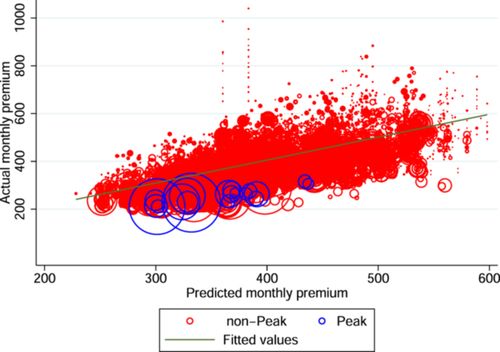
Our findings also suggest that premium reductions were likely driven by price reductions, as opposed to differences in plan design.
There are a number of aspects that made this coalition unique. However, our findings point to the potential effectiveness of the approach.
03.03.2025 16:11 — 👍 0 🔁 0 💬 0 📌 0
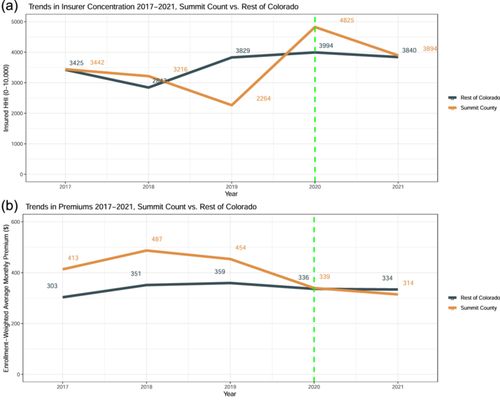
We evaluate the Peak Health Alliance in Colorado, which began offering plans in 2020. With 2017–2021 plan data provided by the CO DORA, we found that Peak's rollout led to a 13%–17% decrease in average premiums in 2020-2021.
03.03.2025 16:11 — 👍 0 🔁 0 💬 1 📌 0
Our next steps will be to understand the drivers of these trends and understand the costs to expenditures at the state, federal, and individual level.
We are very grateful to @arnoldventures.bsky.social for funding this work.
17.01.2025 21:50 — 👍 5 🔁 0 💬 0 📌 0
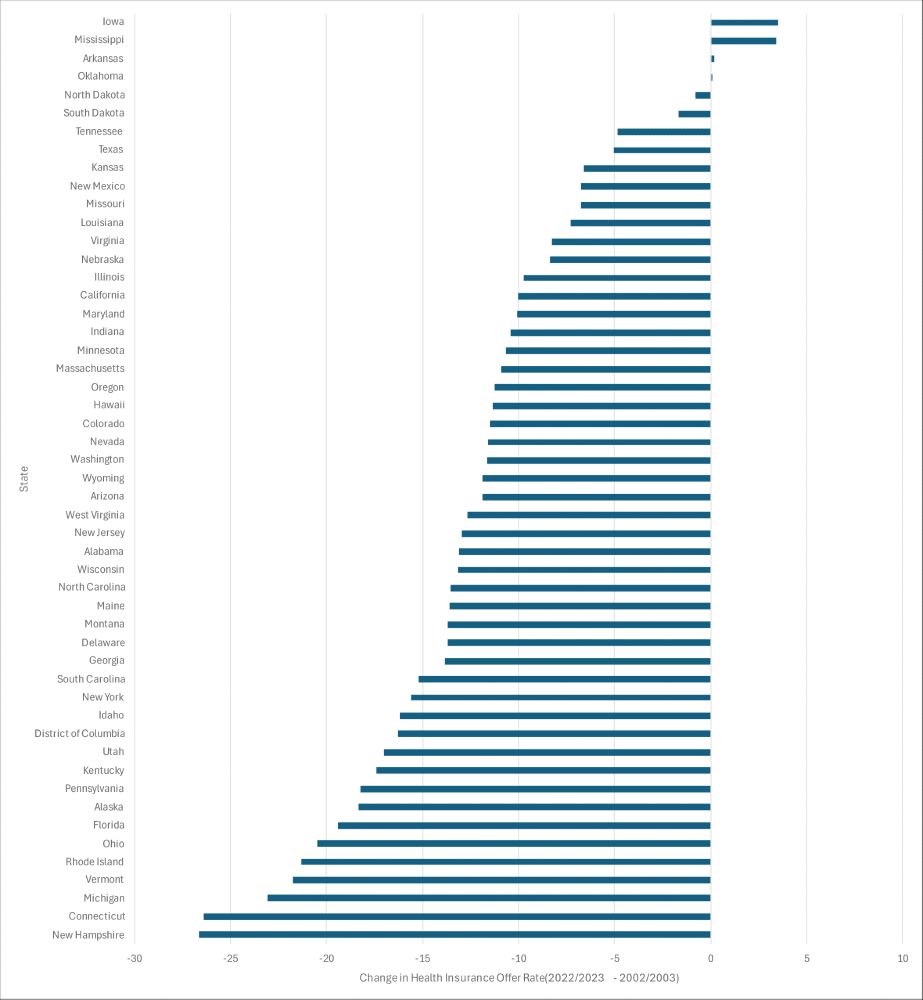
We discuss the variation in this trend across states (see below). While there are some known causes, the drivers of this state-to-state variation is largely unknown. Further, how important is this? What are the costs? This is all vital to study, yet often unexamined.
17.01.2025 21:50 — 👍 0 🔁 0 💬 1 📌 0
Provider directories remain really unreliable:
"Most notably, the analysis showed only 13% of provider contact information in directories were accurate and up to 44% of providers were unable to be reached due to inaccurate information in the provider directory"
www.insurance.pa.gov/Coverage/hea...
03.12.2024 19:28 — 👍 4 🔁 4 💬 1 📌 1
We did our best to identify all the "affinity plans" that we could, not including plans for VA and Medicaid beneficiaries which are somewhat different. Our list is public and we hope that other can use the list, build off of it, and refine: archive.data.jhu.edu/dataset.xhtm...
03.12.2024 17:02 — 👍 1 🔁 1 💬 0 📌 0
Finding #2: based on MA star rating system, the plans are generally of lower average quality or unrated. But not too surprising. The plans are very new, with >60% linked to a contract starting in 2021 or later.
03.12.2024 17:02 — 👍 0 🔁 0 💬 1 📌 0
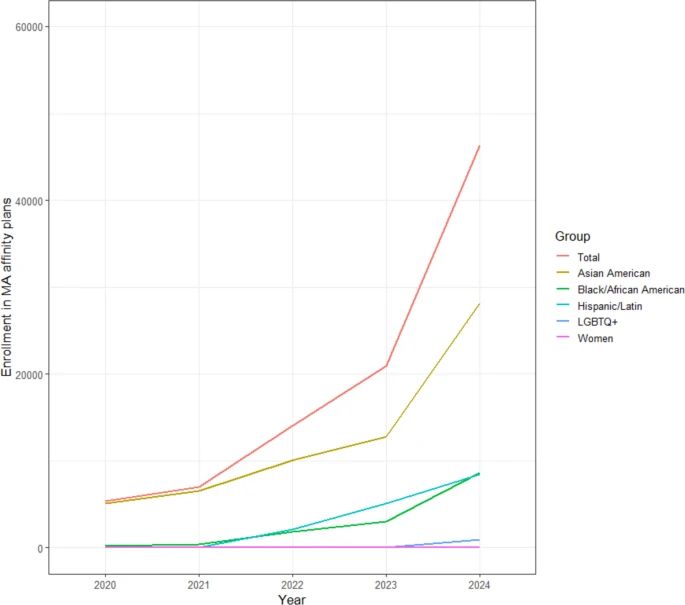
Finding #1: these plans still have a small footprint (~50k enrollees), but it's rapidly growing. Enrollment is more than doubling year over year. The largest category are plans designed specifically for Asian American beneficiaries.
03.12.2024 17:02 — 👍 0 🔁 0 💬 1 📌 0
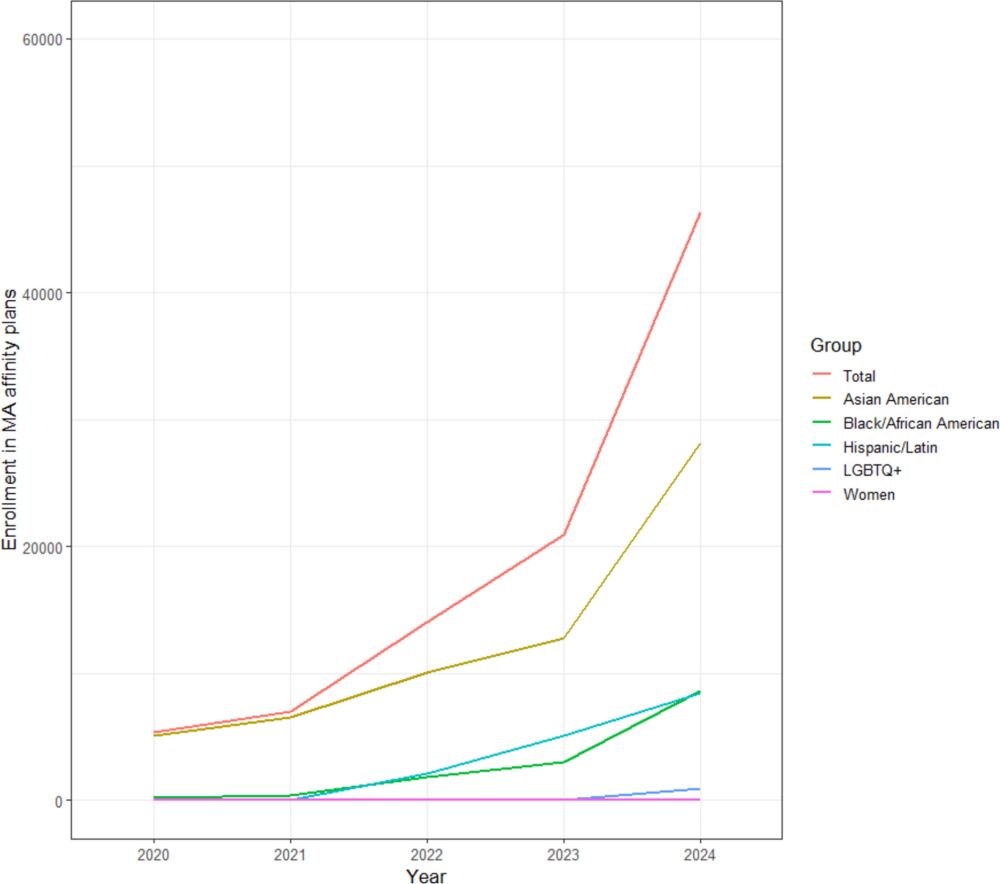
Trends and Enrollment in Medicare Advantage “Affinity Plans” - Journal of General Internal Medicine
Journal of General Internal Medicine -
New letter our at @journalgim.bsky.social with Henry Larweh, Kali Thomas, and Andrew Anderson @johnshopkinssph.bsky.social. We identify and characterize the growing list of MA "affinity plans", marketed for the needs of underserved beneficiaries.
#healthpolicy
link.springer.com/article/10.1...
03.12.2024 17:02 — 👍 5 🔁 3 💬 1 📌 0

Check out our work on the challenges accessing mental health provider using data from a very large secret shopper survey later today #APPAM2024
21.11.2024 17:26 — 👍 8 🔁 4 💬 0 📌 0
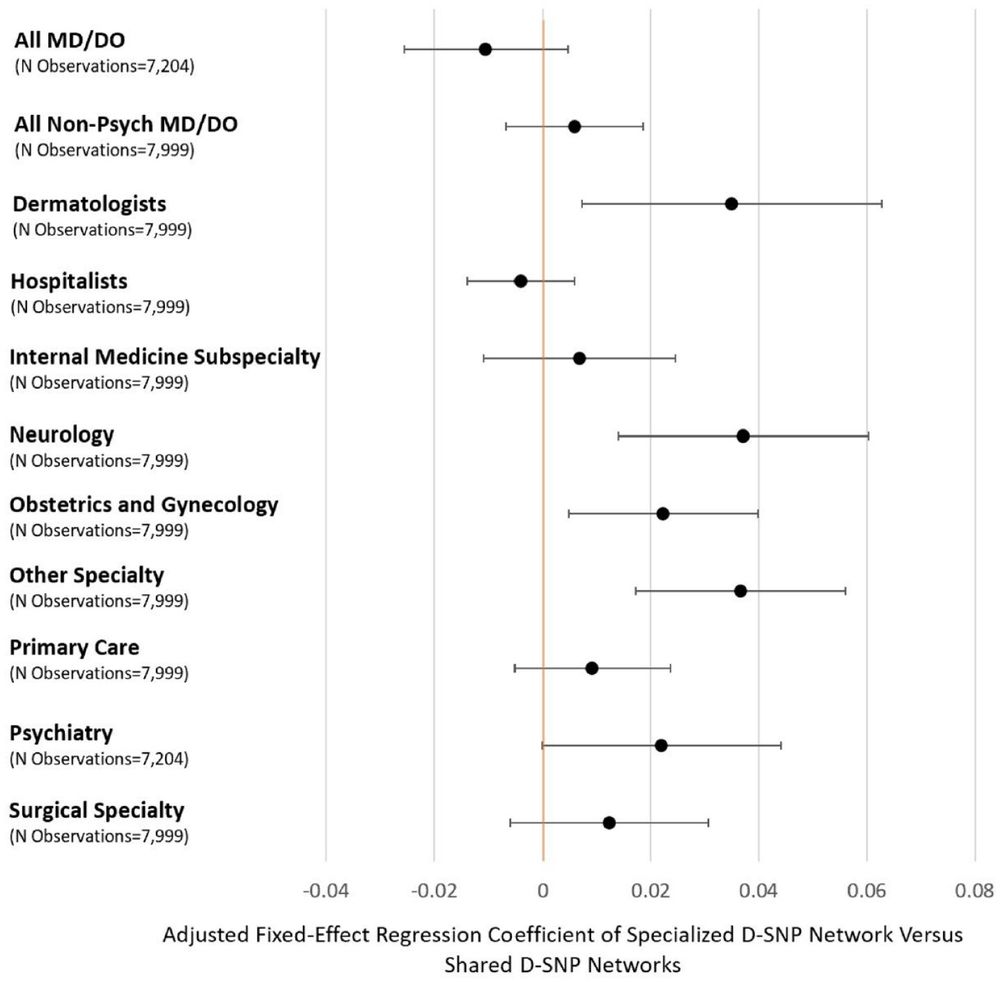
3. When D-SNP networks were specialized, they tended to include a larger share of specialists that commonly treat conditions more prevalent among dually eligible enrollees.
20.11.2024 18:34 — 👍 1 🔁 0 💬 0 📌 0
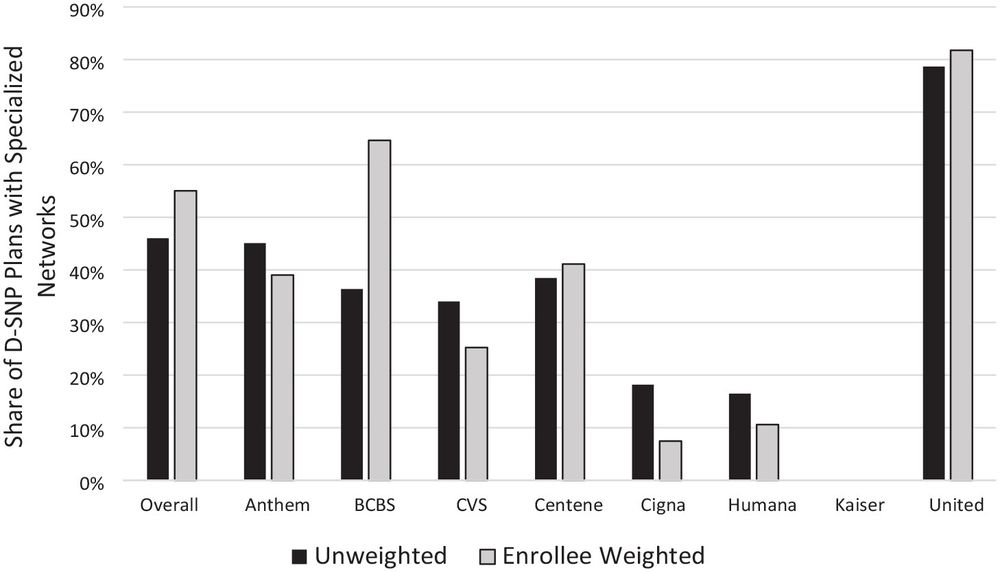
I learned a lot from this paper. Some key findings.
1. Only about half D-SNP plan provider networks were at all distinct from provider networks in standard MA plans offered by the same insurer.
2. These specialized networks were much more common among Fully Integrated Dual Eligible Plans (FIDEs).
20.11.2024 18:34 — 👍 1 🔁 0 💬 1 📌 0
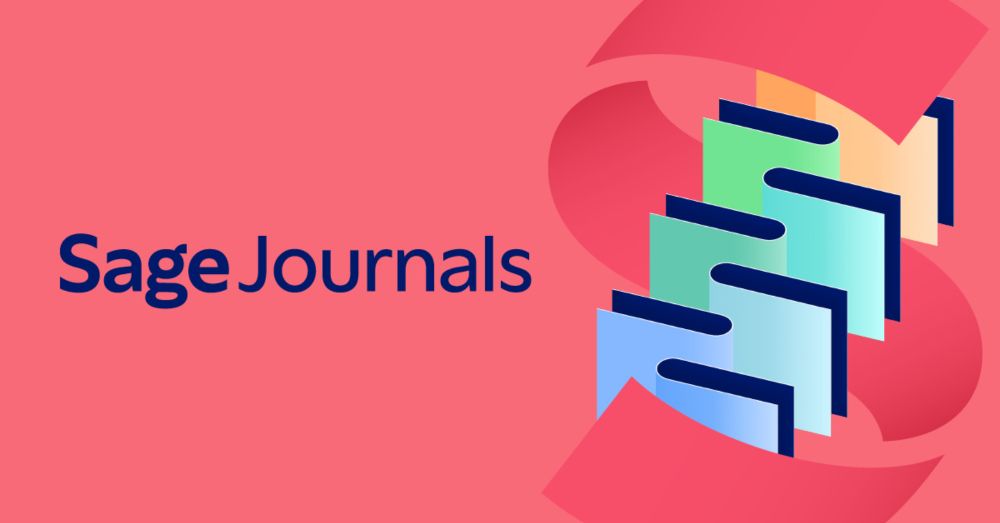
Sage Journals: Discover world-class research
Subscription and open access journals from Sage, the world's leading independent academic publisher.
Enrollment in MA Dual-Eligible Special Needs Plans (D-SNPs) has more than tripled over the past decade, but how different are these plans from standard MA plans? Grace McCormack, Rachel Wu, and I investigate this question in the context of provider networks.
journals.sagepub.com/eprint/3B7KU...
20.11.2024 18:34 — 👍 7 🔁 1 💬 1 📌 0
Oops - need to check this app more often. I don’t know of publicly available aggregate data but they can be derived from claims. For example, the nicely named below paper used IQVIA. You can see the back and forth between providers/insurers: academic.oup.com/qje
24.03.2024 20:12 — 👍 1 🔁 0 💬 0 📌 0
New Research with @colemandrake.bsky.social and @egolberstein.bsky.social
We examine #ACA enrollment changes in GA after 1332 Reinsurance waiver.
We find:
A: Gross Premiums DOWN (GOOD)
B: 250-400 FPL Enrollment Down (BAD)
www.healthaffairs.org/doi/full/10....
1/N
07.03.2024 14:36 — 👍 1 🔁 2 💬 1 📌 0
New Health Affairs Forefront article, with Grace McCormack and Josephine Rohrer from USC, out discussing the issues plaguing mental health care access in the Medicare program.
www.healthaffairs.org/content/fore...
06.03.2024 02:26 — 👍 4 🔁 1 💬 0 📌 0
Summary of the 2023 ASHEcon Opening Plenary on the U.S. Constitution and Health Equity – ASHEcon
Hello Bluesky! The fall edition of the ASHEcon newsletter is here w/5 great articles!
1) Brandyn Churchill wrote a nice summary of the ASHEcon 2023 opening plenary on the U.S. Constitution and Health Equity, moderated by Marcella Alsan & feat. Sam Halabi, Caitlin Myers, and Kitt Carpenter
1/5
24.10.2023 21:15 — 👍 15 🔁 5 💬 1 📌 0
Agreed! I feel like there is not much drawing me here outside of just other academics. The things that keep me scrolling are often the non-academic posts and then I happen upon academic stuff in the process.
18.10.2023 15:42 — 👍 0 🔁 0 💬 0 📌 0

O’s O’s sign up in Baltimore
#baseball
05.10.2023 23:28 — 👍 3 🔁 0 💬 0 📌 0
I like it. I love it.
29.09.2023 12:08 — 👍 1 🔁 0 💬 0 📌 0
(Mental) health economics
Bio: PostDoc @cinchessen.bsky.social , UDE, previously CHE York. Associated with HEDG, York and RWI Leibniz.
He/him/his.
https://sites.google.com/view/christoph-kronenberg/home
Assistant professor at UChicago Public Health Sciences. Health economist and health services researcher. Posts about health insurance, health spending, patient costs and, occasionally, Gonzaga basketball.
Health Economist | Postdoc at the O’Neill School of Public and Environmental Affairs at Indiana University
https://sites.google.com/view/nicolesiegal
Rhymes w/ Coke. I cover the #Yankees for MLB. Dad to Penny, Maddie & Josie. Once drove to Iowa. My wife danced w/ Springsteen. “62” now in paperback!
Dad, husband, President, citizen. barackobama.com
Assistant Professor of Population Health Sciences at Weill Cornell Medicine 🇵🇷
Population Aging Research Center (an NIA-funded Demography and Economics of Aging center) at the University of Pennsylvania (PSOM & SAS), co-directed by Norma B. Coe and Hans-Peter Kohler & the Get Experience in Aging Research Undergraduate Program.
Currently PhDing at @jhu.edu | Economics, Medicaid, and the safety net
HPRS is a training program for doctoral students led by the Johns Hopkins Bloomberg School of Public Health @johnshopkinssph.bsky.social and supported by the Robert Wood Johnson Foundation @rwjf.bsky.social
https://healthpolicyresearch-scholars.org/
👩🏻💻PhD student @UMB_PHSRxHealth
PhD Student @ Johns Hopkins Bloomberg School of Public Health
#housing & #health, and also #dogs
Improving the well-being of individuals and communities affected by mental health and substance use disorders.
Visit our website: linktr.ee/johnshopkins_cmap
Health policy prof generating evidence to improve maternal-child health @columbiahpm.bsky.social. Co-lead of the Postpartum Assessment of Health Survey (PAHS). Views are my own.
The independent source for health policy research, polling, and news.
she/her. associate agent @ Azantian Literary Agency and SFF writer. former health policy prof. ✡️. Hoyas 🏀. Nationals ⚾️. Recovering Nagano '98 apologist 🥈⛸.
https://linktr.ee/mara.hollander
https://namedrop.io/marahollander
Associate Professor @ Yale SPH and Sixers fan. Health economist whose research is focused on the Medicaid program.
Health Policy PhD Student @ Harvard
Journalist in residence at Johns Hopkins Bloomberg School of Public Health. Contributor @politico magazine. KFF “What the Health” podcast. Forthcoming book on
media, misinformation, public health. I write about birth, death and everything in between.
Husband, father of three. Frequent Maryland State House visitor, trout fisherman, Phish fan, former Wyoming wrangler and rodeo dreamer.





